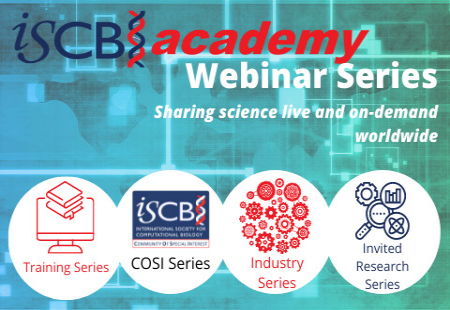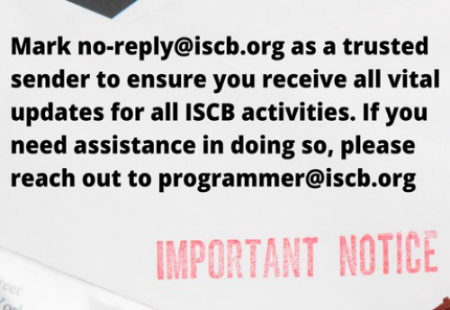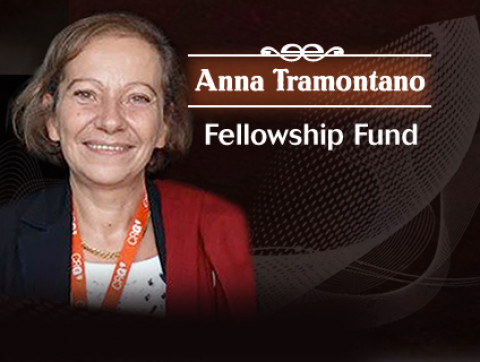NIH Public Access Policy Member Poll
Dear ISCB members and colleagues,
In 2008 the U.S. Congress required the National Institutes of Health to implement a Public Access Policy that requires investigators funded by the NIH to submit, or have submitted for them, an electronic version of their final, peer-reviewed manuscripts upon acceptance for publication to the National Library of Medicine's digital archive, PubMed Central, to be posted publicly within 12 months after the official date of publication. (See http://edocket.access.gpo.gov/2009/E9-3442.htm for the full notice and analysis of this NIH policy.)
Similarly, in England the Wellcome Trust implemented a like-minded policy for investigators funded with its resources, and in Germany the Max Planck Society committed to paying for all open access publications from any of its institutes.
A new bill, HR 801, was recently introduced in the U.S. House of Representatives, to prohibit any U.S. federal agency from mandating a public access policy as a condition of funding.
Supporters of open access are taking a strong position against HR 801, while organizations that stand to benefit from limiting or eliminating the current NIH policy are standing in favor of the bill.
Members of the senior leadership of ISCB support the current NIH Public Access Policy, and are therefore opposed to HR 801. However, before making any public statements on this issue in the name of ISCB, we are seeking your input. Even if you are not a U.S. citizen or live and work outside of the U.S., your input is important in helping guide ISCB's next steps on this topic.
Please click here to participate in the brief poll to help determine if ISCB shall make a public statement on this issue.
























